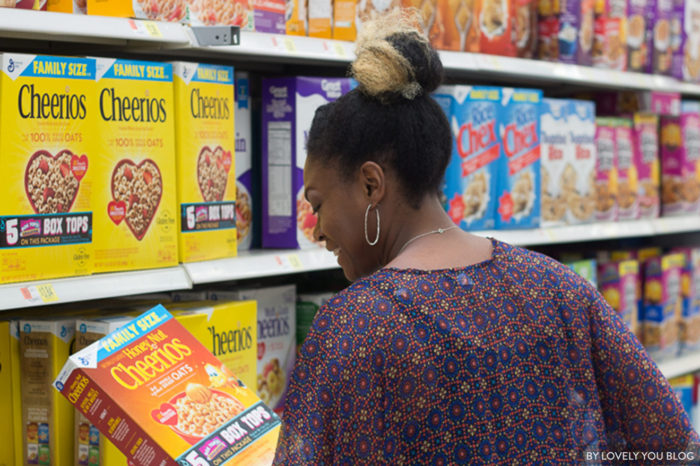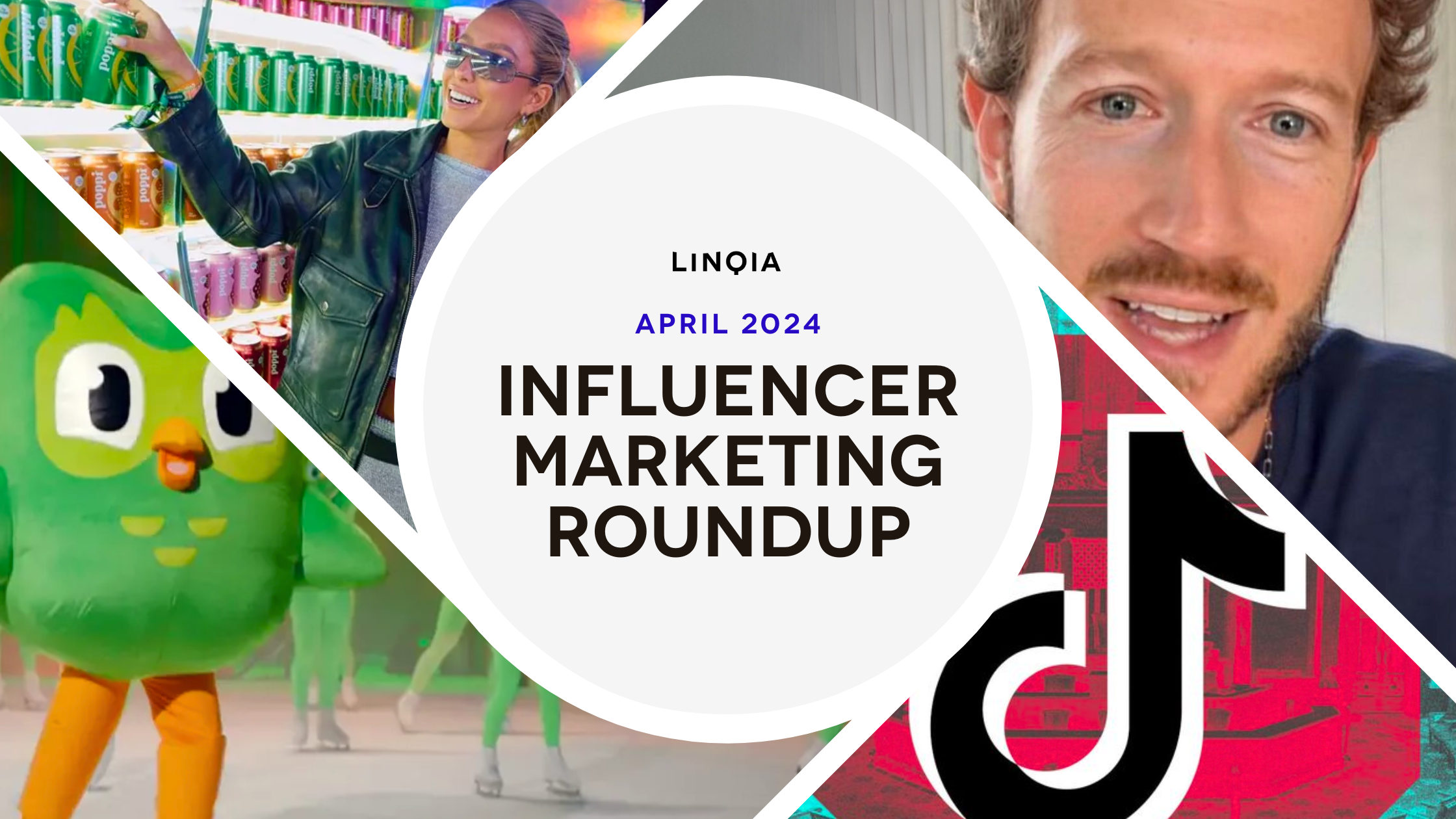Influencer marketing has become one of the fastest adopted marketing tools in 2016 because it delivers results. When built strategically, influencer marketing programs help brands address some of their biggest marketing challenges, including increasing awareness, engaging consumers, launching new products, and driving audience action.
However, despite influencer marketing’s growing popularity, more than half of marketers cite measuring the performance of their influencer marketing programs as a key challenge. As a result, brands and agencies are moving away from vanity metrics like reach and follower count, which say little about program effectiveness. Instead, they are gauging success by tracking against performance metrics like engagement, clicks, and conversions, all of which indicate high levels of audience interest and action.
- Engagement
Engagement is an important indicator of how well a specific piece of content resonates with an audience. Brands specify guidelines to ensure the content aligns with their business goals, but because influencers convey the brand’s message in their own unique way, they retain the authenticity that made them popular in the first place. Influencers attract their followings through a proven ability to inspire an emotional, trusted connection with their audience. As a result, consumers are more likely to engage directly with the sponsored content, driving likes, shares, and traffic to the brand’s website and landing pages.
Engagement levels can vary depending on the type of influencer or influencer marketing model a brand works with so it’s important to weigh the options. For example, power-middle influencers often have higher engagement rates than top-tier or celebrity influencers despite having a smaller reach because they’ve developed a trusted, two-way relationship with their audiences. Additionally, performance-based influencer marketing programs drive up to 50% more organic engagement because they compensate influencers based on how well their content performs, as opposed to pay-per-post programs which have no guarantee that an audience will engage with, or even see, the influencer content.
- Clicks
Clicks to a program landing page prove that consumers are taking action after being inspired by influencer content. The best influencers tell compelling stories through their visual and written content, encouraging their audiences to learn more about the sponsored product. Some programs even drive up to 40% additional traffic in the six months following their conclusion as the content continues to surface in search results.
However, it’s important to realize that not all clicks are equal. Because of the increasing amount of fraudulent clicks from bots and click farms, brands and agencies must be vigilant in combating traffic fraud. Work with an influencer marketing partner that understands the true value of a click and minimizes traffic fraud by activating click capping (limiting the number of times an IP address can click on a link) and flood control (regulating the frequency of clicks per IP address within a specific time frame).
- Conversions
83% of consumers trust recommendations and take action as a result, making conversions the ultimate indicator of influencer marketing’s ROI. Conversions, which clearly demonstrate brand and/or sales lift, can be measured in a variety of ways – coupon downloads, email captures, registrations, contest entries, purchases, etc. Target consumers based on geographic, demographic, and interest graph data then partner with the influencers who align with your target audience and have proven they can inspire people to take action.
Brands can monitor conversion rates to determine which messages drive the best results then target look-alike audiences on social media with content that is tested and guaranteed to perform. Much like click traffic, some programs drive up to 40% more conversions and product sales in the six months following the conclusion of a program as people continue to discover content through search and social sharing.
Proving the effectiveness of influencer marketing requires accountability in how the programs perform. The most successful influencer marketing programs move consumers down the purchase funnel. Tracking against engagement, clicks, and conversions not only guarantees that the influencer content was seen, but also that people were inspired to take action as a result of it.




